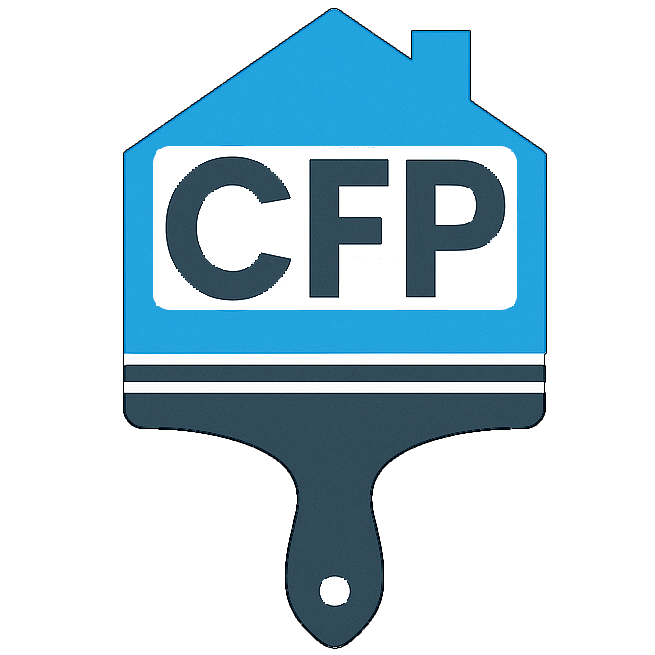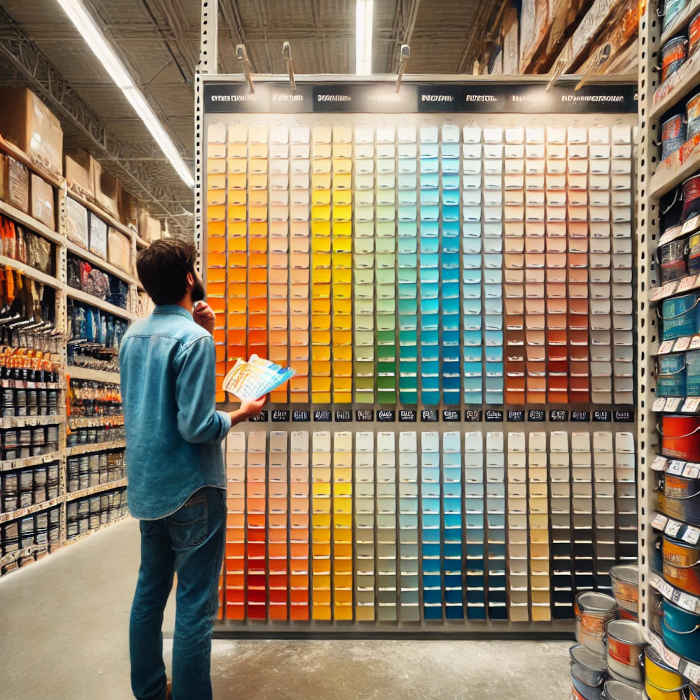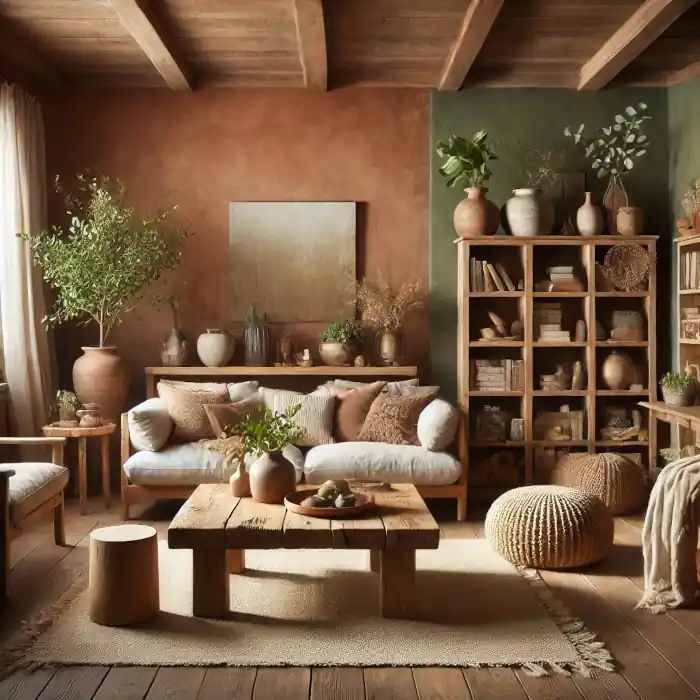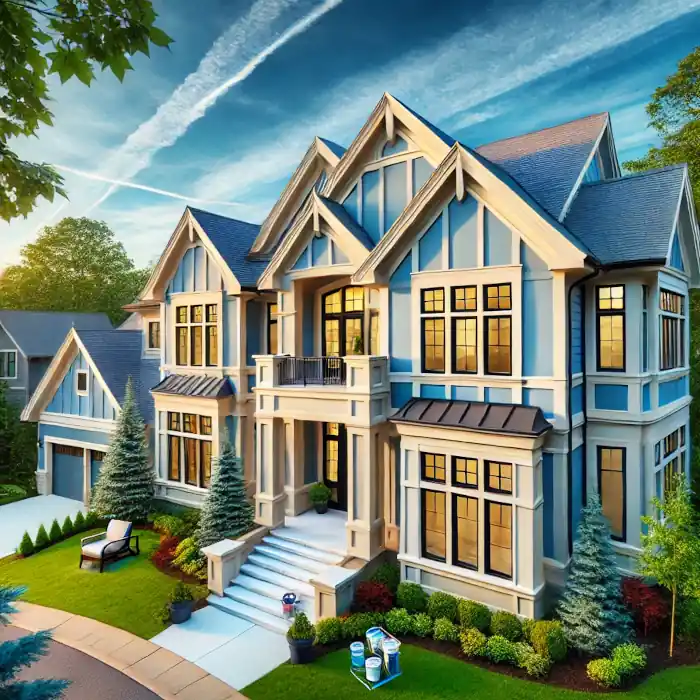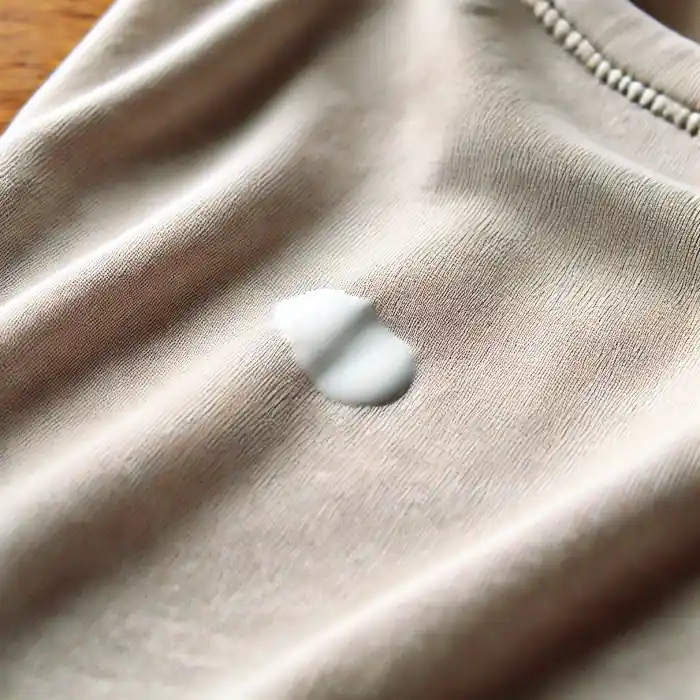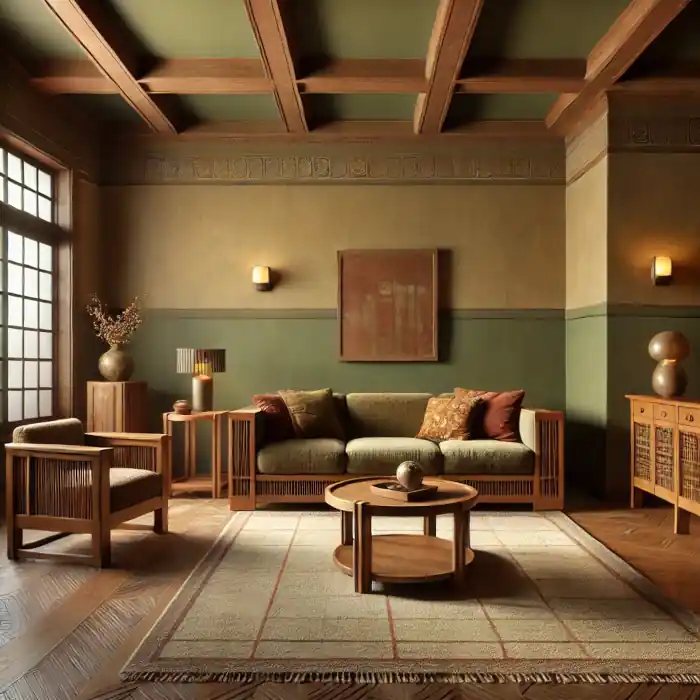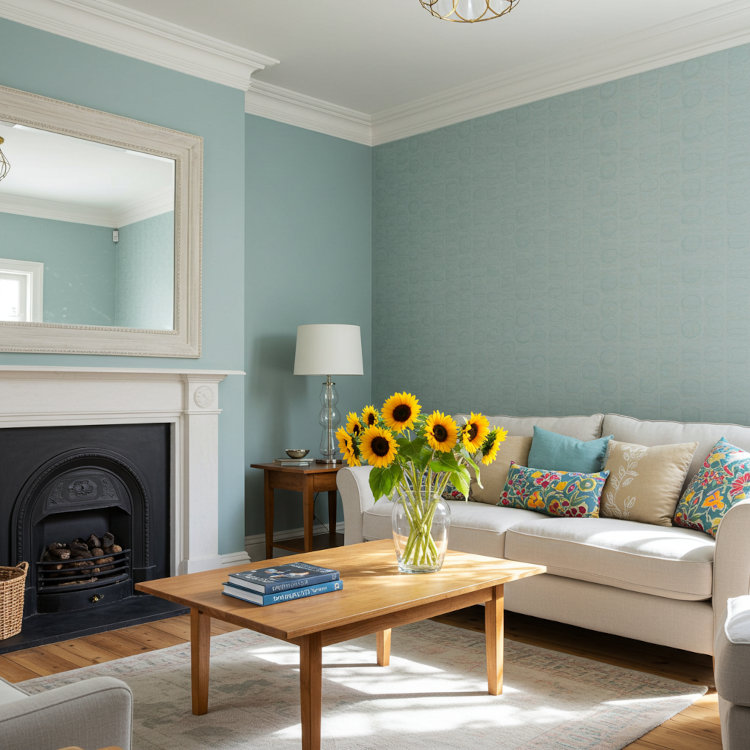As an Amazon Associate, I earn from qualifying purchases. Privacy Policy / Terms
Have you ever stood in the paint aisle, staring at the seemingly endless wall of tiny sample cards, wondering who in the world named these colors? Seriously, what kind of creative (or deranged) mind thought up “Dead Salmon” or “Elephant’s Breath”? The world of paint colors is a wild one, filled with names that range from the poetic to the bizarre. But who exactly is coming up with them, and why are some of them so incredibly weird?
Buckle up, because we’re about to take a deep dive into the strangest paint colors ever named and the marketing genius (or madness) behind them.
The Wildest Paint Names You’ll Ever See
Let’s start with a few of the weirdest, wackiest, and downright confusing paint color names you might stumble upon in your local hardware store.
1. Dead Salmon (Farrow & Ball)
At first glance, this sounds like something you’d scrape off the bottom of a fishing boat, not something you’d willingly paint on your walls. But believe it or not, “Dead Salmon” is actually a warm, muted pinkish-brown that exudes a vintage, historic feel. Farrow & Ball, the luxury British paint company known for its eccentric color names, insists it was inspired by an old 19th-century paint order. Still, you have to wonder if they could have gone with something a little more… appetizing.
2. Elephant’s Breath (Farrow & Ball)
Elephant’s Breath? What even is that? A musty gray? A dusty taupe? Farrow & Ball describes this shade as a warm mid-gray with a hint of magenta. But why an elephant’s breath? Have they been close enough to an elephant’s mouth to confirm this resemblance? Some mysteries are best left unsolved.
3. Smoky Bacon (Dulux)
If you want to wake up every morning and feel like you’re inside a sizzling breakfast, then this might be the color for you. “Smoky Bacon” is actually a dusty red, a little reminiscent of cooked bacon, but still—what a choice.
4. Arsenic (Farrow & Ball)
You’d think a color named after a poison would be a little more… dangerous-looking. Instead, Arsenic is a playful, bright green. Maybe they were going for irony? Either way, it certainly gets your attention.
5. Baby Puke Green (Valspar)
Yes, this is real. And yes, it is just as unpleasant as it sounds. Somewhere between yellow, green, and regret, “Baby Puke Green” is a color only a mother (or a brave decorator) could love.
6. Cow Vomit Green (C2 Paint)
Somebody in the marketing department must have been having a bad day. This one is a stomach-turning blend of brown and green, not unlike something you’d see on a farm under very unfortunate circumstances.
7. Drunk Tank Pink (Glidden)
There’s a fascinating psychological story behind this one. “Drunk Tank Pink” (also known as Baker-Miller Pink) is a bubblegum pink hue that has been studied for its calming effects. Supposedly, it’s used in jails and holding cells to help calm aggressive individuals. Who knew a color could have a behavioral impact?
So, Who Comes Up With These Names?
If you’re imagining a team of quirky artists sitting in a room tossing around ridiculous names like “Moose Moustache Brown” and “Disappointed Beige,” you’re not too far off. The process of naming paint colors is part art, part psychology, and part pure marketing genius. Here’s how it usually works:

1. The Color Scientists (Yes, That’s a Thing)
Before a paint color even gets a name, it starts as a carefully crafted formula. Paint companies have entire teams of color experts (often called color chemists) who develop and test new shades based on current trends, historical references, and chemistry.
2. The Marketing Wizards
Once the colors are developed, marketing teams take over. They consider how a name can make a color more appealing, memorable, and—most importantly—sellable. Studies have shown that people are more likely to buy a color with an intriguing or luxurious name rather than a basic one. For example, would you rather paint your living room “Beige” or “Cozy Cashmere”? Exactly.
3. The Trend Forecasters
Color naming isn’t just random—it follows trends. Each year, companies analyze fashion, interior design, and even social moods to predict which colors will be popular. That’s why you’ll see earthy tones become popular during eco-conscious movements or bright, energetic hues gain traction in post-pandemic eras.
4. A Little Bit of Fun
Let’s be real—some names are purely for entertainment value. A paint color called “Mauve” might not stand out, but “Raspberry Truffle” or “Grandma’s Lipstick”? Now that gets attention. Some brands, like Farrow & Ball, lean heavily into whimsical or historic references, while others, like C2 Paint, go for humor and shock value.
Why Weird Names Actually Work
While some of these paint names might sound ridiculous, they serve an important purpose: they make people remember the brand. Would you forget a name like “Dead Salmon”? Probably not. Even if you hate it, you’re talking about it, and that’s half the marketing battle won.
Quirky names also create an emotional connection. “Pumpkin Soufflé” makes you think of fall comfort. “Midnight Serenade” sounds romantic. “Soggy Marsh”… well, okay, maybe that one isn’t as appealing. But you get the idea.
The Takeaway
Next time you find yourself picking out paint colors, take a moment to appreciate the sheer creativity (and sometimes absurdity) that goes into naming them. Whether it’s a luxurious-sounding shade like “Champagne Toast” or a gag-inducing one like “Baby Puke Green,” someone, somewhere, put a lot of thought into making you stop and say, “Wait… what?”
So, what’s the weirdest paint color you’ve ever seen? Let us know in the comments, and maybe we’ll compile an even stranger list next time!
Views Expressed Disclaimer
The views, opinions, and information presented in this article are for informational purposes only and do not necessarily reflect the official policies or positions of Chagrin Falls Painting. While every effort has been made to ensure accuracy, Chagrin Falls Painting is not liable for any errors, omissions, or decisions made based on the content provided. Readers are encouraged to consult professionals for specific advice or assistance related to their unique circumstances.

